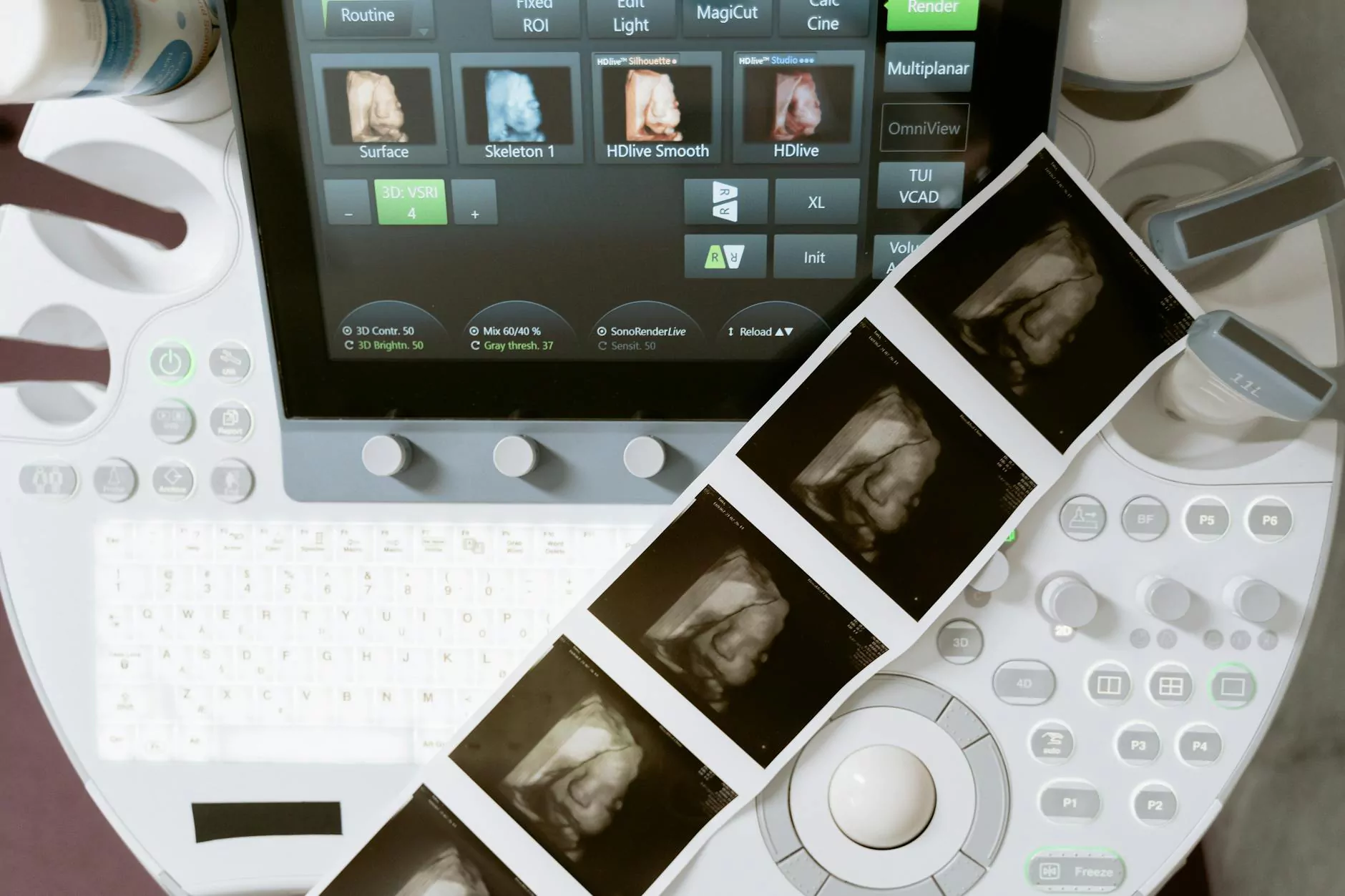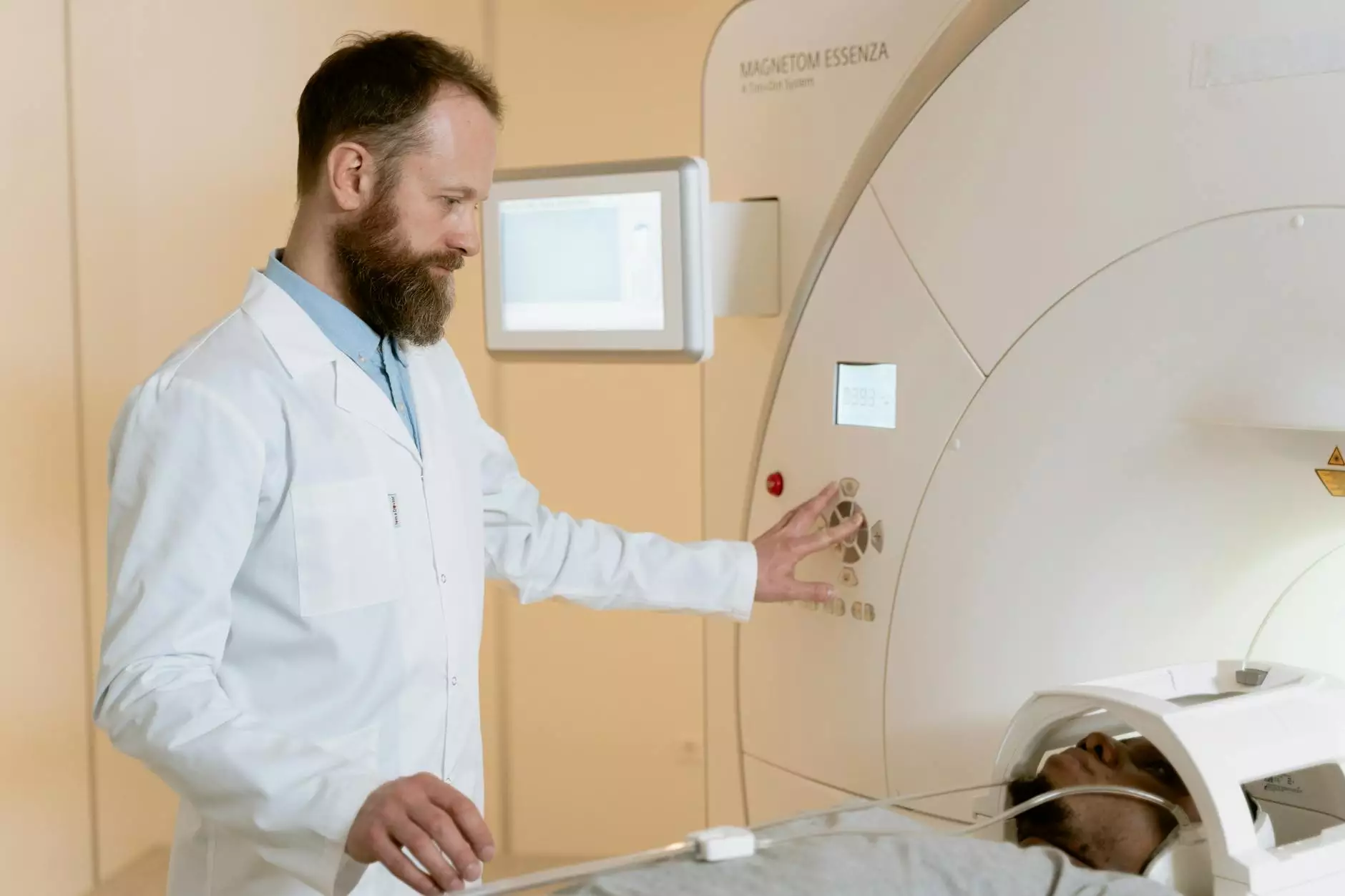Pap Smear Anatomy
Services
When it comes to understanding pap smear anatomy, it is essential to delve into the intricate details of the female reproductive system, particularly the uterine anatomy. A pap smear, also known as a pap test, is a screening procedure used to detect abnormal cells in the cervix. Understanding the anatomy involved in this procedure is crucial for effective cervical cancer screening.
The Importance of Pap Smear
A pap smear is a vital tool in the early detection of cervical cancer. It involves collecting cells from the cervix and examining them under a microscope to identify any abnormalities. Regular screenings can help identify precancerous or cancerous cells early, enabling prompt treatment and increasing the chances of successful outcomes.
Uterine Anatomy Overview
The female reproductive system consists of various organs that work together to support reproduction. The uterus, or womb, is a crucial organ in this system. Understanding the anatomy of the uterus is essential for comprehending pap smear procedures.
Anatomy of the Uterus
The uterus is a pear-shaped organ located in the pelvis between the bladder and rectum. It comprises three main parts:
- Body: The upper part of the uterus where a fertilized egg implants and grows during pregnancy.
- Cervix: The lower part of the uterus that connects to the vagina.
- Fundus: The top of the uterus opposite the cervix.
Role of Uterus in Pap Smear
During a pap smear, the healthcare provider uses a speculum to visualize the cervix and collects cells from the cervix for examination. The sample obtained provides valuable information about the cervical health and can detect any abnormalities that may indicate early signs of cervical cancer or other conditions.
Conclusion
Understanding the anatomy related to pap smears is crucial for effective cervical cancer screening. Regular screenings and awareness of uterine anatomy play a significant role in women's health and well-being. If you have any concerns or questions about pap smear procedures, please consult your healthcare provider for guidance.



